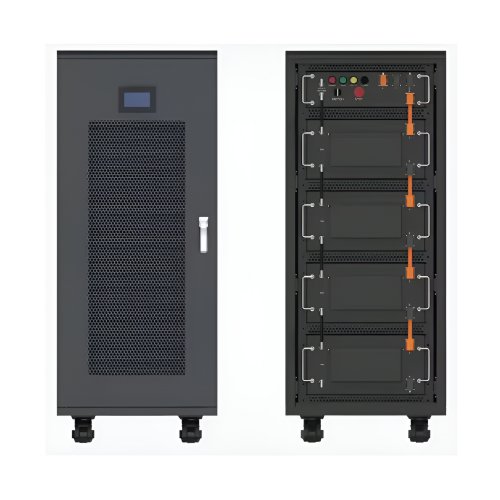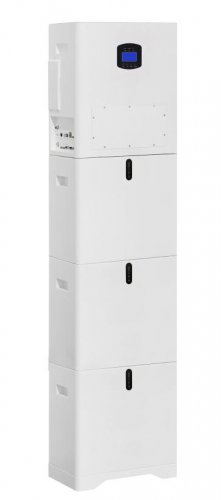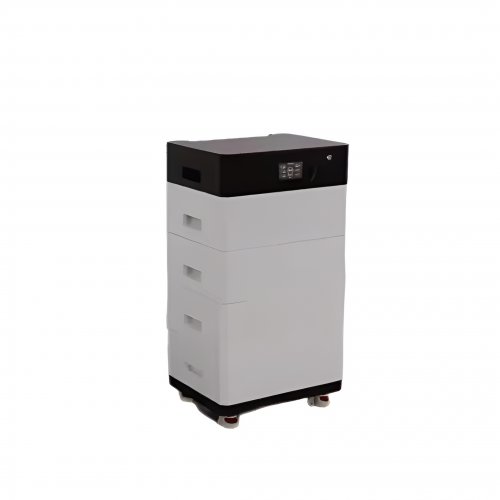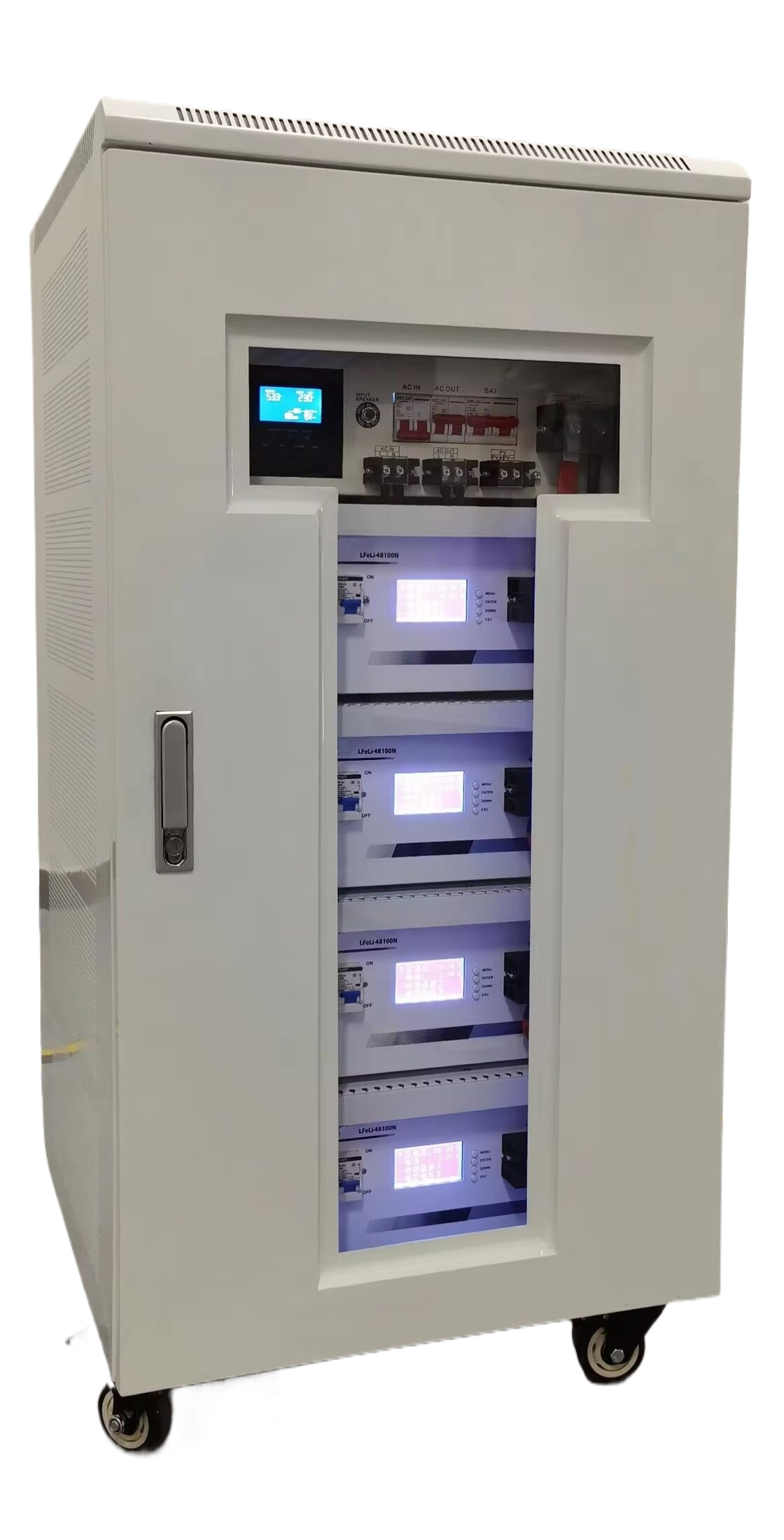Advances In Safety Characteristics: From Materials Science To System Resilience
The pursuit of enhanced safety characteristics is a fundamental driver of innovation across high-stakes industries, including aerospace, nuclear energy, automotive, and chemical processing. This multidisciplinary field has evolved from reactive, fail-safe designs to proactive, resilient systems that can anticipate, withstand, and adapt to unforeseen events. Recent progress, fueled by advancements in materials science, data analytics, and human-factor engineering, is redefining the boundaries of what constitutes a "safe" system.
Material Innovations: The First Line of Defense
The intrinsic safety of any structure begins with its material composition. A significant breakthrough has been the development and application of self-healing materials. Researchers have engineered polymers, composites, and even metals embedded with microcapsules containing healing agents or vascular networks that mimic biological systems. Upon damage, such as a crack, these capsules rupture and release a monomer that polymerizes upon contact with a catalyst, effectively sealing the breach and restoring structural integrity (White et al., 2001; Hager et al., 2010). This technology promises to mitigate catastrophic failures in critical components, from aircraft fuselages to pipeline systems, by addressing micro-damage before it propagates.
Concurrently, the field of additive manufacturing (AM) has enabled the creation of components with unprecedented safety-oriented geometries. Lattice structures and functionally graded materials, impossible to produce with traditional methods, can now be 3D-printed to absorb immense energy upon impact or to provide superior thermal and acoustic insulation. Furthermore, AM allows for the integration of real-time monitoring sensors directly within the material during the printing process, embedding a "nervous system" within the component itself for continuous health assessment.
Predictive Analytics and Digital Twins: From Reactive to Proactive Safety
The paradigm of safety management is shifting from scheduled maintenance and post-incident analysis to predictive, condition-based strategies. This is largely enabled by the Internet of Things (IoT) and Big Data analytics. Networks of sophisticated sensors—measuring vibration, temperature, strain, acoustic emissions, and chemical composition—generate vast, continuous streams of operational data.
Machine learning (ML) algorithms are now adept at parsing this data to identify subtle anomalies and patterns that precede failures. These models can predict the remaining useful life (RUL) of critical assets, such as jet engines or industrial turbines, with increasing accuracy (Lei et al., 2018). This predictive capability allows for maintenance to be performed just before a potential failure, maximizing both safety and operational efficiency.
This concept is elevated by the development of "Digital Twins"—high-fidelity, virtual replicas of physical assets or systems. A digital twin is continuously updated with real-time sensor data, allowing it to mirror the exact state of its physical counterpart. Engineers can use the twin to run simulations, test responses to extreme stress scenarios, and evaluate the safety implications of potential operational changes without any risk to the actual system. This technology is becoming indispensable for managing the safety of complex systems like next-generation nuclear reactors and entire smart cities.
Human-System Integration: Enhancing Resilience through Design
Technological advancement alone is insufficient; safety is ultimately determined at the human-system interface. Modern research emphasizes resilience engineering, which focuses on how systems can adjust their functioning to maintain safety under expected and unexpected conditions (Hollnagel, 2014). This involves designing interfaces that support operator situation awareness and decision-making under stress.
Augmented Reality (AR) is emerging as a powerful tool in this domain. For maintenance technicians in hazardous environments, AR goggles can overlay safety-critical information—such as pressure levels, toxic gas warnings, or step-by-step repair instructions—directly onto their field of view. This reduces cognitive load and the potential for error. In complex control rooms, advanced visualization systems aggregate data from thousands of sensors into intuitive, graphical representations, allowing human operators to quickly comprehend the state of the system and identify emerging threats.
Future Outlook and Challenges
The future trajectory of safety characteristics points towards even greater integration and autonomy. The next frontier is the development of inherently safe and self-regulating systems. For instance, in the chemical industry, "smart" catalysts are being researched that would automatically deactivate under runaway reaction conditions, physically preventing an explosion.
The integration of Artificial Intelligence (AI) will further advance predictive capabilities, but it also introduces new challenges for safety certification. Explainable AI (XAI) is a critical area of research, aiming to make the decision-making processes of complex ML models transparent and understandable to human operators. Without this, trusting an AI's safety-critical recommendation will be difficult.
Furthermore, as systems become more interconnected, cybersecurity emerges as a paramount safety characteristic. A vulnerability in a digital twin or a sensor network could be exploited to create hazardous situations. Future research must therefore treat cyber-physical security as an integral component of system safety, not a separate discipline.
In conclusion, the advancement of safety characteristics is a dynamic and convergent field. It is no longer solely about building stronger barriers but about creating intelligent, adaptive, and resilient systems. Through the synergy of advanced materials, predictive data science, and human-centered design, we are moving closer to a future where catastrophic failures are not just mitigated but anticipated and prevented altogether.
References:Hager, M. D., et al. (2010). Self-Healing Materials.Advanced Materials, 22(47), 5424-5430.Hollnagel, E. (2014).Safety-I and Safety-II: The Past and Future of Safety Management. CRC Press.Lei, Y., et al. (2018). Applications of machine learning to machine fault diagnosis: A review and roadmap.Mechanical Systems and Signal Processing, 138, 106587.White, S. R., et al. (2001). Autonomic healing of polymer composites.Nature, 409(6822), 794-797.
Customized/OEM/ODM Service
HomSolar Supports Lifepo4 battery pack customization/OEM/ODM service, welcome to contact us and tell us your needs.


HomSolar: Your One-stop LiFePO4 Battery Pack & ESS Solution Manufacturer
Our line of LiFePO4 (LFP) batteries offer a solution to demanding applications that require a lighter weight, longer life, and higher capacity battery. Features include advanced battery management systems (BMS), Bluetooth® communication and active intelligent monitoring.

Customised Lithium Iron Phosphate Battery Casing
ABS plastic housing, aluminium housing, stainless steel housing and iron housing are available, and can also be designed and customised according to your needs.

HomSolar Smart BMS
Intelligent Battery Management System for HomSolar Energy Storage System. Bluetooth, temperature sensor, LCD display, CAN interface, UART interface also available.


Terminals & Plugs Can Be Customized
A wide range of terminals and plugs can be customised to suit the application needs of your battery products.

Well-designed Solutions for Energy Storage Systems
We will design the perfect energy storage system solution according to your needs, so that you can easily solve the specific industry applications of battery products.



About Our Battery Cells
Our energy storage system products use brand new grade A LiFePO4 cells with a battery lifespan of more than 4,000 charge/discharge cycles.



Applications in Different Industries
We supply customized & OEM battery pack, assemble cells with wiring, fuse and plastic cover, all the cell wires connected to PCB plug or built BMS.
Applications: E-bike, Electric Scooter, Golf Carts, RV, Electric Wheelchair, Electric Tools, Robot Cleaner, Robot Sweeper, Solar Energy Storage System, Emergency Light, Solar Power Light, Medical Equipment, UPS Backup Power Supply.
We can provide you with customized services. We have the ability to provide a vertical supply chain, from single cells to pack/module and to a complete power solution with BMS, etc.


HomSolar (Shenzhen) Technology Co., Ltd
























